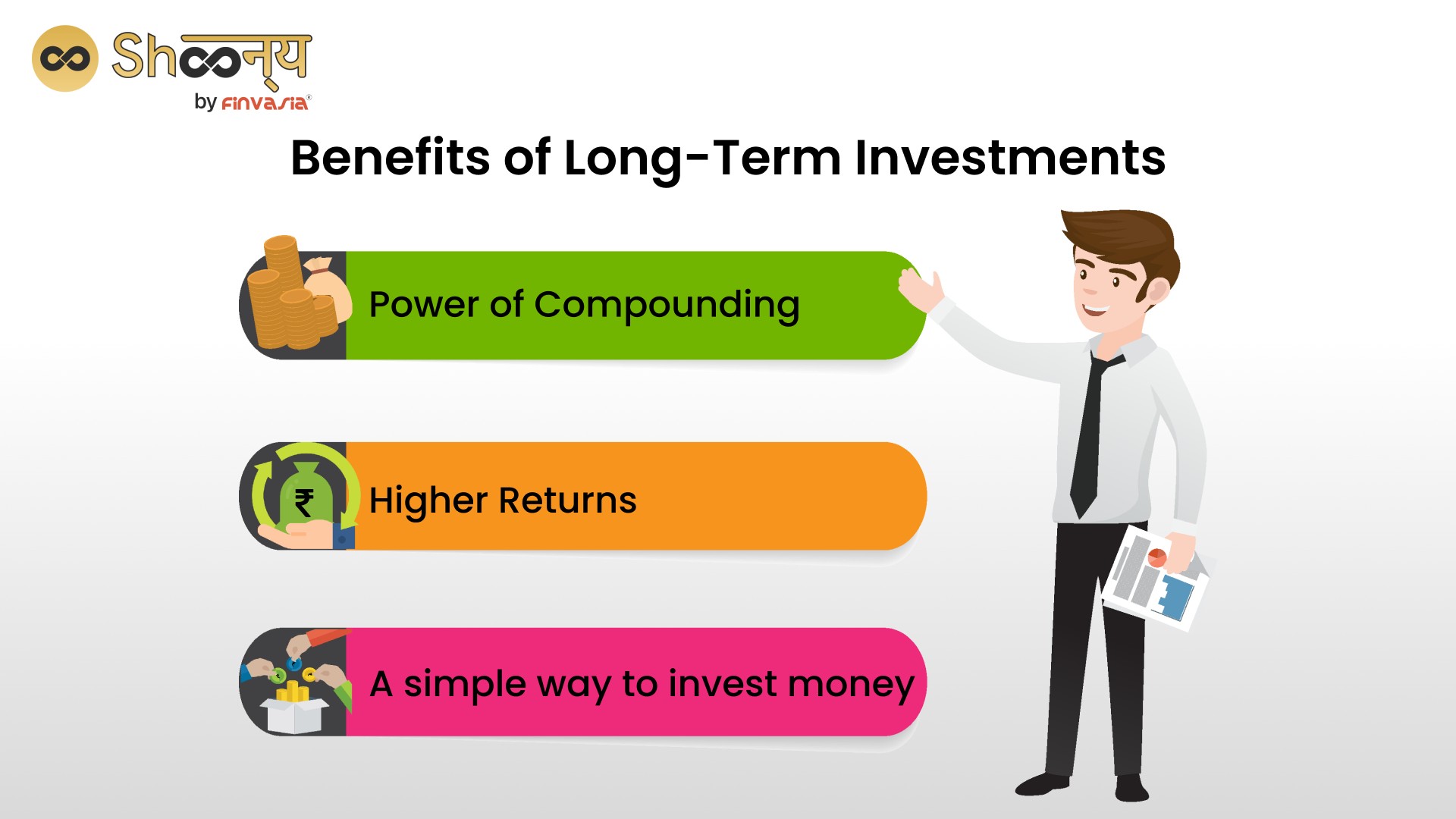In a world often captivated by the allure of quick riches and speculative trends, the true path to enduring financial security and significant affluence lies not in chasing fleeting fads, but in the disciplined, patient pursuit of long-term wealth creation. Building substantial wealth is a marathon, not a sprint, demanding a strategic mindset focused on consistent investment, prudent risk management, and the relentless power of compounding. While there’s no single magic bullet, a combination of time-tested principles and diversified approaches forms the bedrock upon which genuine financial independence is built. For anyone aspiring to a secure financial future, understanding these best practices for long-term investment is not merely advisable, but absolutely essential.
At the very core of long-term wealth accumulation is the principle of **consistent investment in diversified assets**. The most fundamental mistake many individuals make is waiting for the “perfect” moment or trying to time the market. History unequivocally demonstrates that consistent contributions over time, regardless of market fluctuations, tend to yield superior results. This strategy, often referred to as dollar-cost averaging, smooths out the peaks and valleys of market volatility. Furthermore, diversification across different asset classes is paramount. Placing all your financial eggs in one basket, whether it’s a single stock or an entire industry, exposes you to undue risk. A well-diversified portfolio typically includes a mix of equities (stocks), fixed income (bonds), and potentially real estate or other alternative investments. This spread helps to mitigate risk, as a downturn in one asset class may be offset by gains in another, providing a more stable and predictable growth trajectory over decades.
Within the realm of equities, a strong case can be made for focusing on **broad-market index funds and exchange-traded funds (ETFs)** for the vast majority of long-term investors. These investment vehicles offer instant diversification across hundreds or even thousands of companies, effectively mirroring the performance of an entire market segment, such as the S&P 500 or a global stock index. Unlike actively managed funds, which often struggle to consistently outperform their benchmarks after fees, index funds typically boast very low expense ratios. This seemingly small difference in fees can compound dramatically over 20, 30, or 40 years, eating significantly into your returns. By investing in the overall growth of the economy rather than trying to pick individual winners, investors harness the collective power of the market, which has historically shown a strong upward trend over long periods, despite short-term corrections.
Alongside equities, **high-quality fixed income investments (bonds)** play a crucial role in balancing a long-term portfolio, particularly as one approaches retirement. While bonds typically offer lower returns than stocks, they also exhibit less volatility, providing stability and a reliable income stream. They act as a ballast, protecting the portfolio during stock market downturns. The specific allocation between stocks and bonds depends heavily on an individual’s risk tolerance, time horizon, and financial goals. A younger investor with decades until retirement might comfortably allocate a higher percentage to equities, leveraging their longer time horizon to ride out market fluctuations, while someone closer to retirement might shift towards a more conservative bond-heavy portfolio to preserve capital.
Beyond traditional stocks and bonds, **strategic real estate investment** can serve as a powerful engine for long-term wealth creation. Whether through direct property ownership, real estate investment trusts (REITs), or crowdfunding platforms, real estate offers several compelling advantages: potential for capital appreciation, rental income, and often, a hedge against inflation. Direct ownership can provide tangible assets and control, but also demands significant capital, management effort, and illiquidity. REITs, on the other hand, offer a more liquid way to invest in diversified real estate portfolios, providing exposure to commercial, residential, or industrial properties without the complexities of direct management. Regardless of the approach, real estate’s long-term historical performance and ability to generate recurring income make it a valuable component of a diversified wealth-building strategy.
Crucially, the success of any long-term investment strategy hinges on **minimizing costs and taxes**. High management fees, trading commissions, and avoidable taxes can erode returns significantly over decades. This is another reason index funds are often favored, given their inherently low expense ratios and tax efficiency (due to less frequent trading). Investors should also leverage tax-advantaged accounts, such as retirement savings plans (e.g., 401(k)s, IRAs in the US, or comparable schemes in Germany like Riester-Rente or Rürup-Rente, or employer-sponsored pensions), which allow investments to grow tax-deferred or even tax-free. Understanding the tax implications of different investment vehicles and strategies is essential for maximizing net returns over the long haul.
Finally, and perhaps most importantly, is the need for **patience and emotional discipline**. Market downturns are an inevitable part of investing. During these periods, the urge to panic sell and cut losses can be overwhelming. However, long-term wealth is built by staying the course, sticking to a well-thought-out investment plan, and viewing market corrections as opportunities to buy assets at lower prices. The power of compounding works best when given ample time to operate undisturbed. Every time an investor reacts emotionally to short-term market noise, they potentially disrupt the exponential growth trajectory of their portfolio. It is the steady hand, the consistent contribution, and the unwavering belief in the long-term upward trajectory of productive assets that ultimately transform modest savings into substantial wealth. In essence, the best ways to invest for long-term wealth are not secrets, but rather disciplined applications of consistent effort, intelligent diversification, cost-consciousness, and unwavering patience.




